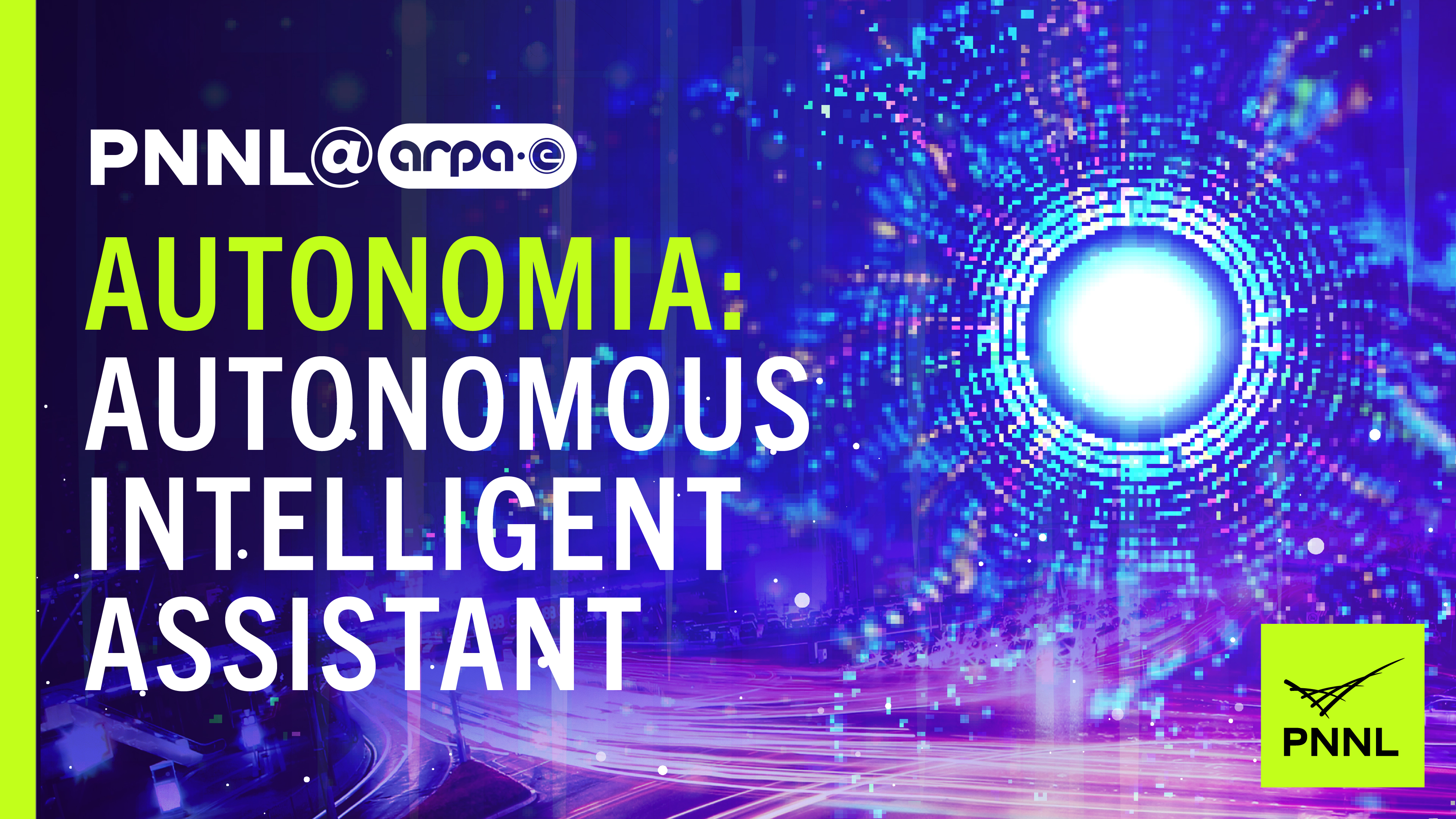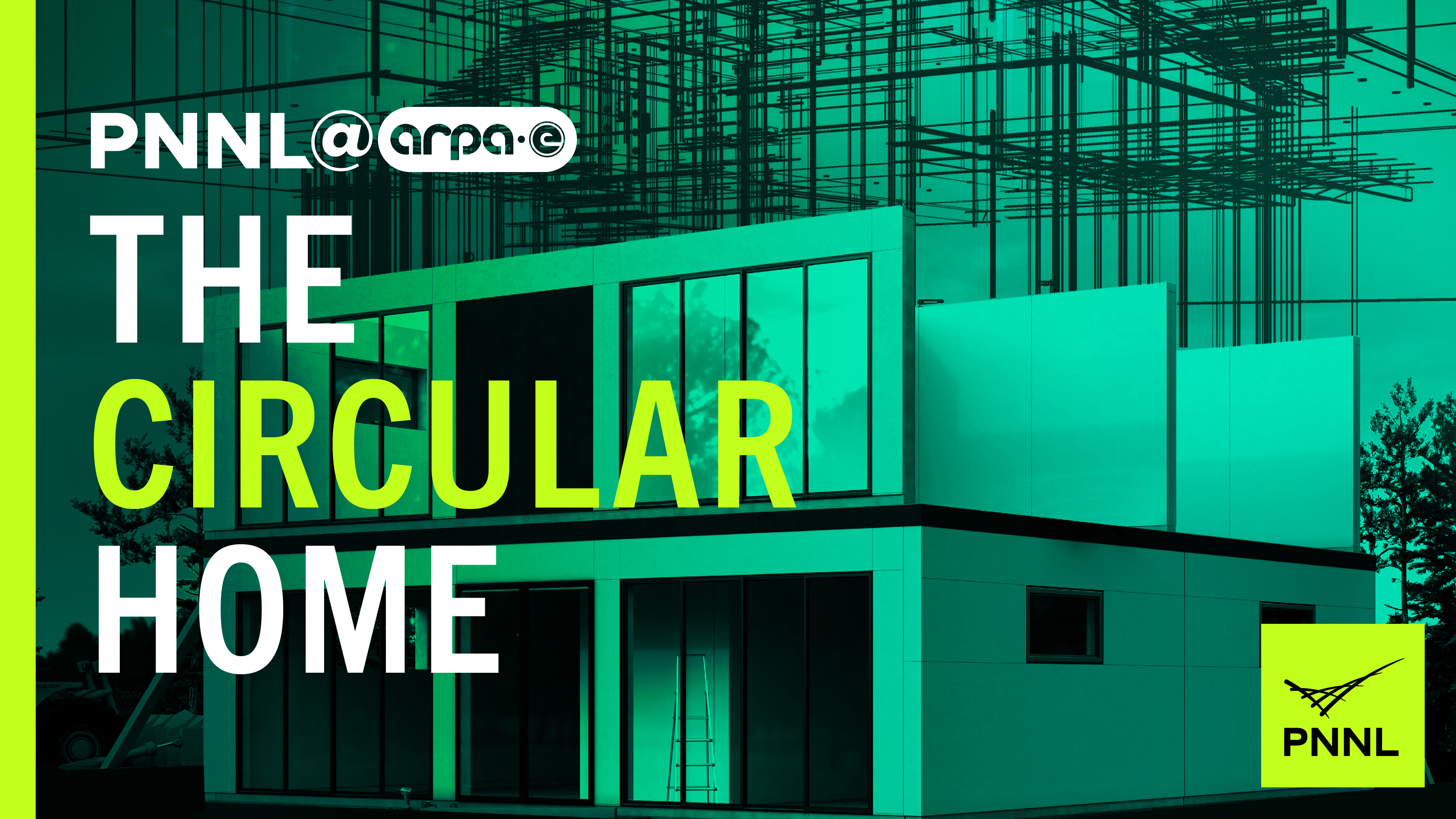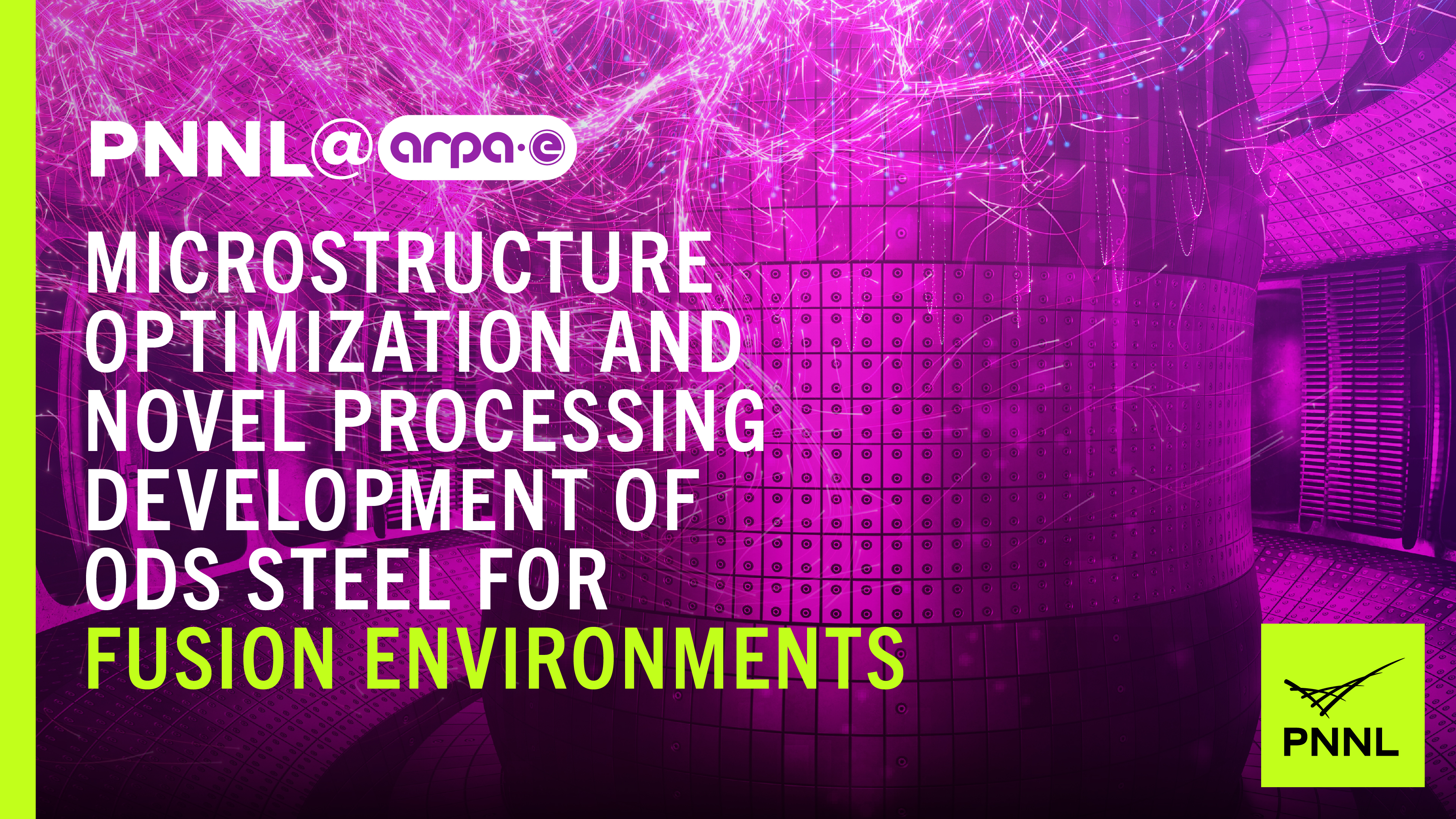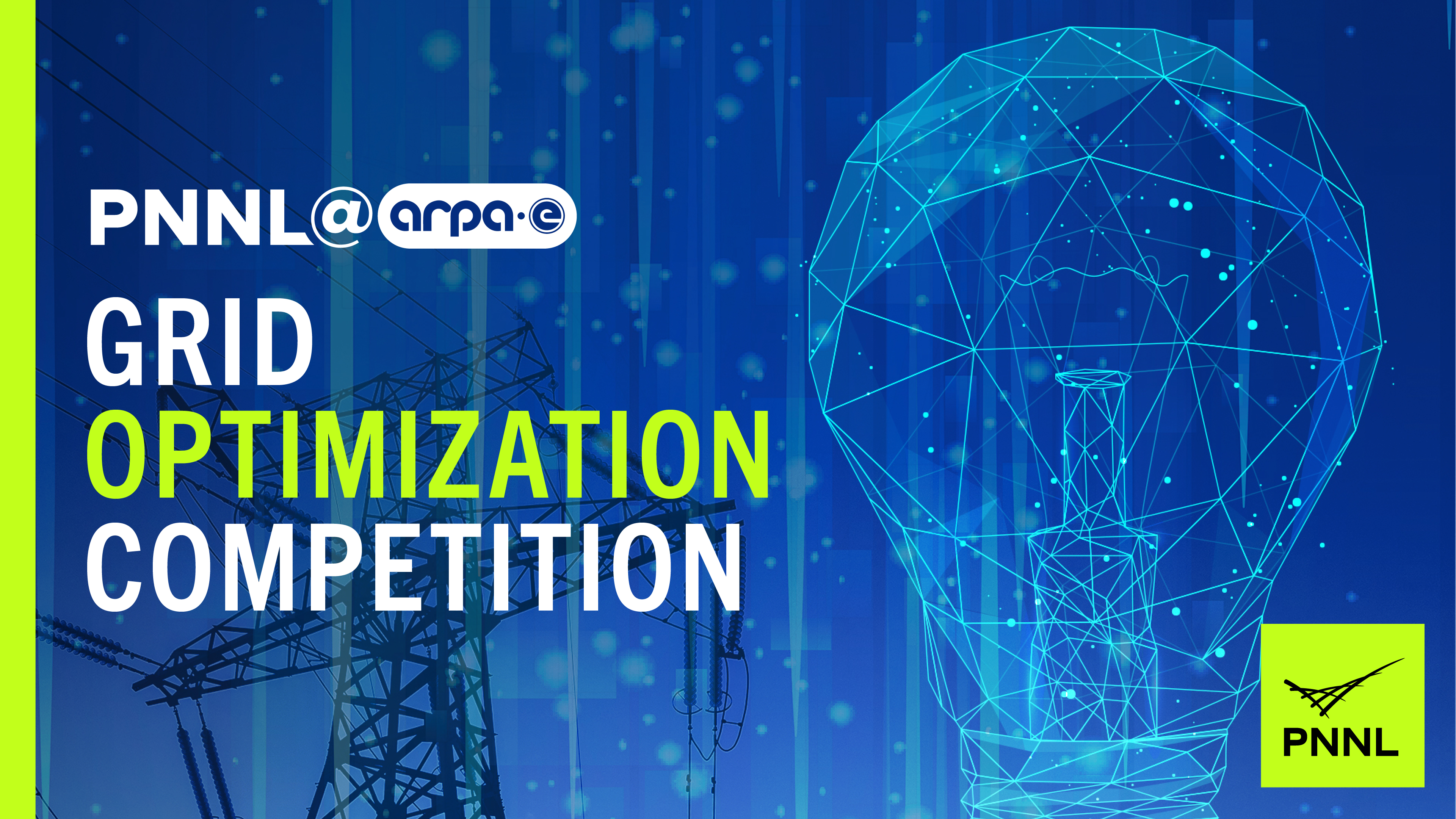PNNL @ ARPA-E 2023 Innovation Summit
Learn how our researchers are transforming our energy future through smarter transportation systems, more efficient housing, better steel manufacturing, and more.
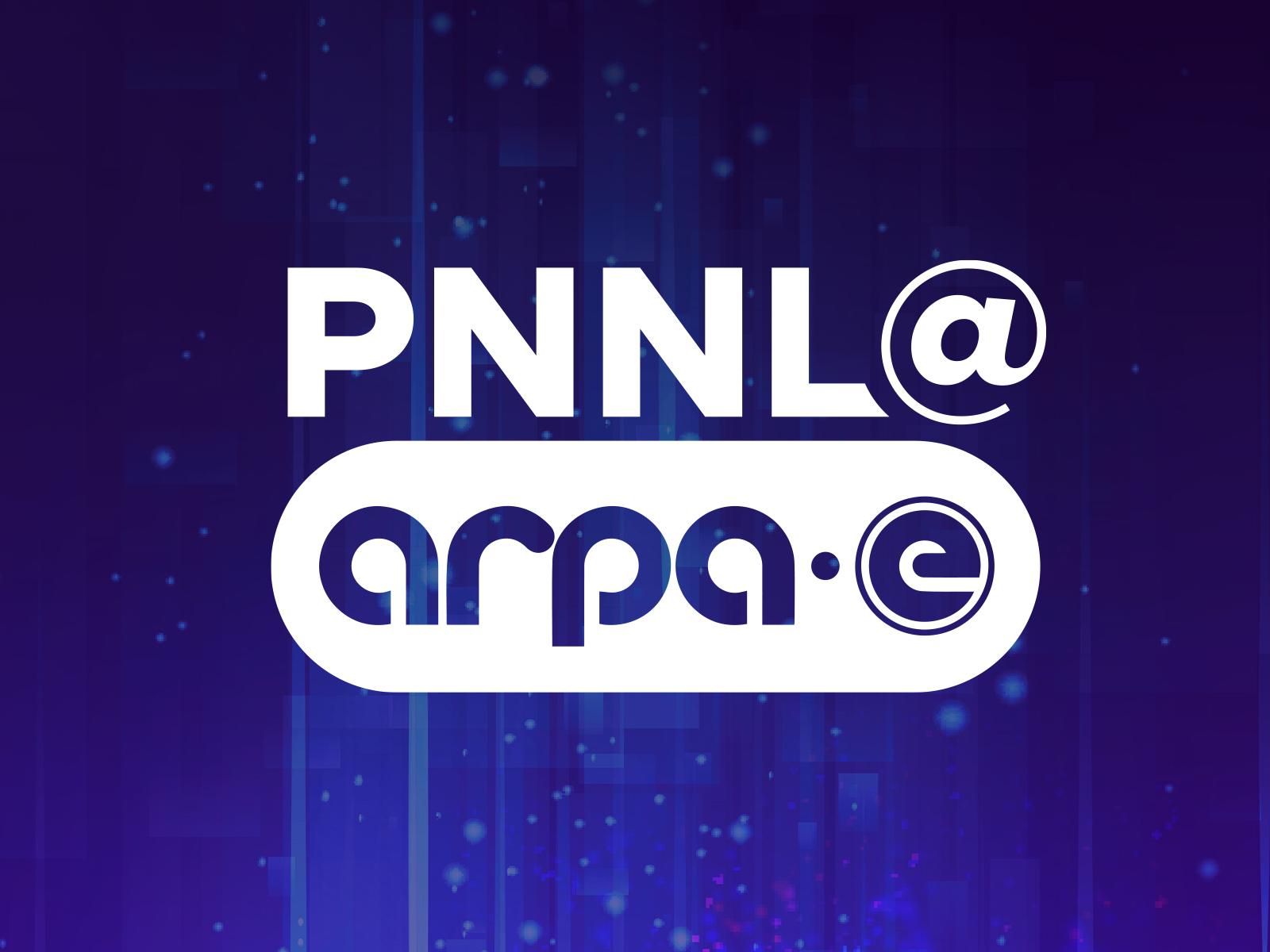
Image by Donald Jorgensen
March 22-24, 2023
Washington, D.C.
